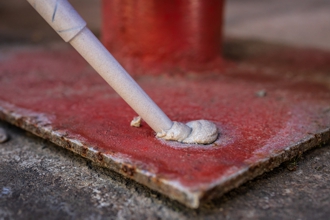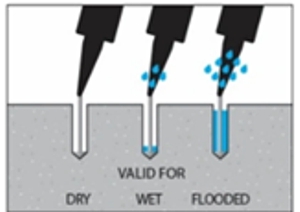CHEMICAL ANCHOR VINYLESTER 300ML STYRENE FREE 700526 FIRE RATED DOM
CHEMICAL ANCHOR VINYLESTER 300ML STYRENE FREE 700526 FIRE RATED DOM
- Pack Size: 12
- Stock: 4743
- Model: DTCAVYN-300
- Weight: 0.58kg
- Pack Dim: 70.00mm x 50.00mm x 260.00mm
- UPC: 6009515901103
Price:
R 299.00
Ex VAT: R 260.00









